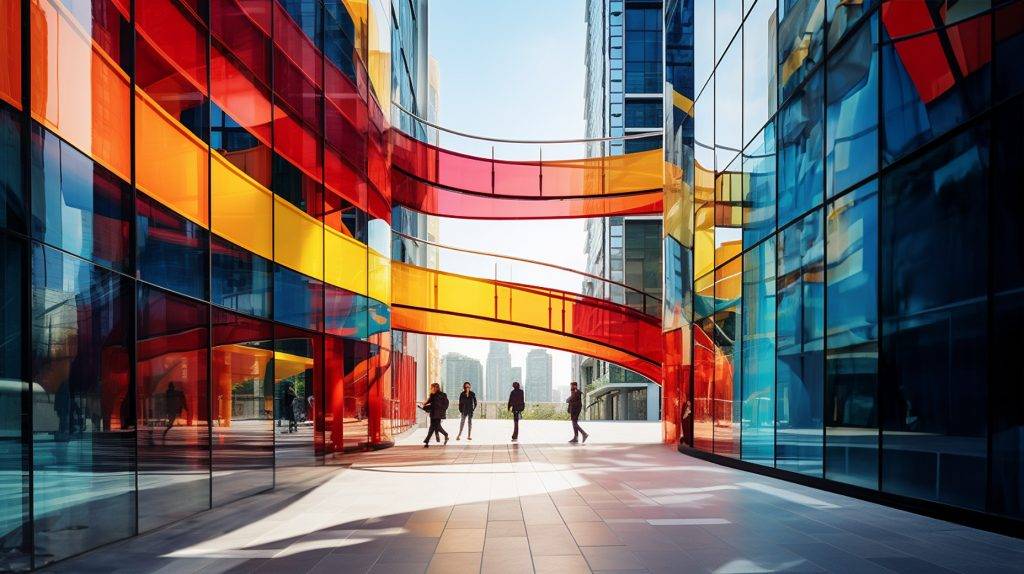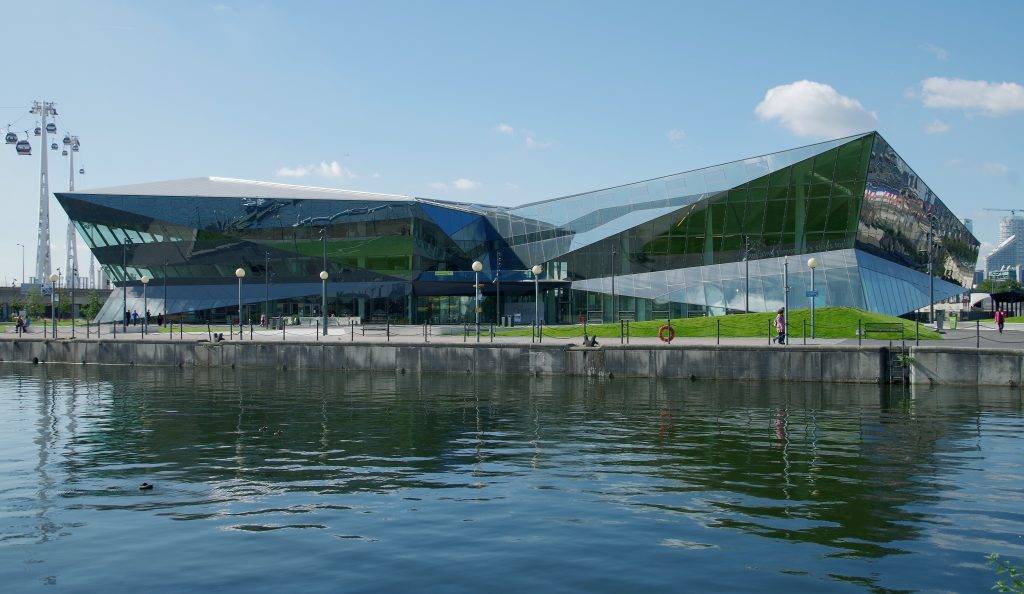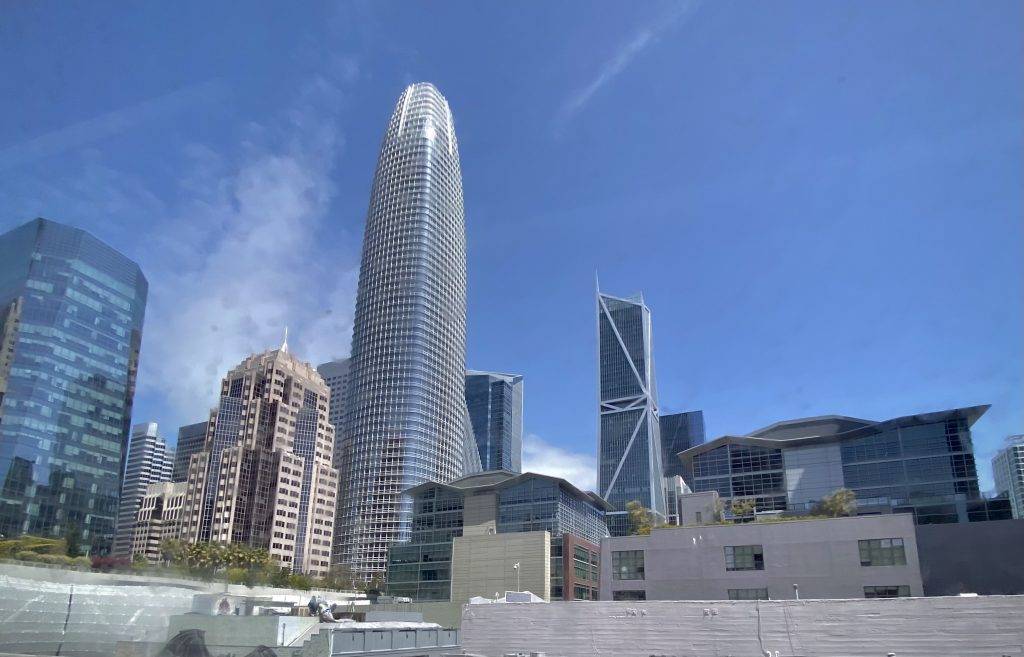
In a world where technology continues to gain importance, it’s no surprise that our buildings are becoming smarter too. Smart Buildings are structures that leverage cutting-edge technologies to reduce energy consumption, enhance resident comfort, and minimize environmental impact. In this article, we’ll explore some remarkable examples of Smart Buildings that demonstrate the successful implementation of these technologies.
Contents:
Imagine into your office building on a chilly winter day. Instead of cranking up the heating throughout the entire building, the intelligent system detects your usual arrival time and automatically raises the temperature in your office at that moment. As you work, the lighting adjusts seamlessly to the time of day and natural lighting conditions. And when you leave the building at the end of the day, everything shuts down to save energy. This is just one of the many examples of smart buildings that we will explore in this article.
Examples: What are smart buildings?
Smart buildings are structures that collect information about the condition of the building and its surroundings using sensors, actuators, microcontrollers, and communication systems. This information is utilized to optimize the building’s operation and performance. They have the ability to monitor and control energy consumption, enhance the security and comfort of occupants, and even enable predictive maintenance.
Some key features of smart buildings include:
- Energy efficiency
- Automation of building systems
- Enhanced user comfort
- Increased security and surveillance
- Integration of renewable energy sources
- Interconnectivity and communication between different building systems
Now that we understand smart buildings, let’s explore some illustrative examples that showcase the practical implementation of these technologies. For projects that require long-range data transmission without cables, leveraging LoRaWAN can be a game-changer, offering a reliable and efficient solution for seamless connectivity across various systems and devices within the infrastructure.
Example 1: The Crystal, London
Key facts:
- Built in 2012
- Owned by Siemens AG
- BREEAM: Outstanding
- LEED: Platinum-rated

Features:
- Exhibitions on urban development, Siemens employees, and event venues are housed here
- Operated by solar energy (465m2 solar panels) and geothermal energy
- Lighting throughout the building automatically adjusts to daylight
- Temperature and ventilation are optimally adjusted to prevailing conditions
- For example, windows are opened when the weather permits
- Smart water management system:
- Water-saving fixtures
- Rainwater treatment plant
- Recycling system that repurposes all water consumed in the building, making it reusable indefinitely
Example 2: Glumac Office, Shanghai
Key facts:
- LEED: Platinum
- Living Building Challenge
Features:
- Glumac is an MEP company (mechanical, electrical, plumbing or building services) specializing in cost-effective and sustainable design for all types of buildings. Our expertise includes MEP engineering, energy analysis, and commissioning
- Air purification systems provide real-time monitoring of outdoor and indoor air quality, even on users’ smartphones
- Experience the finest air quality in all of Shanghai
- A green wall contributes to air purification
- Tables, chairs, and even the carpeting are crafted from recycled materials
- Glumac’s ethos is further enhanced by features such as underfloor heating, PVC panels on the roof, custom water and electricity meters, and compost toilets. These elements contribute to a comprehensive and sustainable approach, aligning with Glumac’s values
- The offices have achieved LEED v4 Platinum certification, boasting a carbon-neutral footprint. Additionally, they have become Asia’s first ever Living Building Challenge (LBC) project to be certified, showcasing their commitment to sustainability and environmental excellence
Example 3: The Edge, Amsterdam
Key Facts:
- BREEAM: Outstanding
- Built in 2015
- Smartest Building in the World 2015
Features:
- Deloitte headquarters
- Workstations/Desks are automatically assigned based on the calendar schedule
- Room temperature and lighting are adjusted automatically according to user preferences
- This desk rotation promotes creativity and communication
- A digital ceiling with 28,000 sensors continuously analyzes light, motion, and temperature data, enabling the building to respond accordingly
- For instance, certain areas are completely shut off when not in use
- Furthermore, the building generates more energy than it consumes.
Example 4: Allianz Arena, Munich
Key Facts:
- Built in 2005
Features:
- The façade has the ability to adopt over 16 million different shades of color with the help of 300,000 smart LED panels
- Lighting fixtures consume 60% less energy
Example 5: Salesforce Tower, San Francisco
Key facts:
- Completed in 2017 by Hines and Boston Property Inc.
- The tallest tower in San Francisco
- 12th highest in the USA
- 61 Floors
- LEED: Platinum

Features:
- Complete digital twin model monitors and optimizes usage
- Design prioritizes user health and well-being
- Current main tenant is Salesforce
- 50% reduction in energy consumption
- Optimal use of daylight with floor-to-ceiling windows
- Patented floor-by-floor air supply system with highly efficient ventilation units ensures natural ventilation
- Underfloor air distribution to improve indoor air quality, tenant comfort, and zone control while reducing air conditioning energy consumption and fan power
- Low-emissivity glass to reduce cooling load while increasing energy and light transmittance
- Comprehensive water conservation measures, including rainwater collection, water reuse, and low-flow fixtures, to reduce building water consumption by 40% and outdoor water consumption by 50%
Example 6: Frasers Tower, Singapur
Features:
- Building Management System with ventilation and air purification system
- Timed flushing system to eliminate pollutants from the office
- Recycled water for irrigation and cooling towers
- UV light emitters in all ventilation systems to enhance air quality
- Smart energy management and measurement, as well as automatic lighting control
- Smart monitoring of fire safety, security, and elevator systems
- Underground parking with CO monitoring, plug-in electric hybrid vehicle charging system, and parking guidance system
- Destination control system for elevators
- Wireless high-speed Internet
- Energy-efficient escalators and regenerative elevators
- Security system with smartphone-based digital access control, IP CCTV system, and turnstile gate automation
- Double-glazed facade reduces building heating and cooling costs
- Green roof
- Use of sustainable and recycled materials and construction supplies
Example 7: The Cube, Berlin
Key facts:
- Completed in February 2020
- Achieved WiredScore Platinum and DGNB Platinum certifications
- With a rentable usable area of 17,000m²
Features:
- First office building specifically designed to support 21st-century workplace trends with multi-tenant occupancy
- Cross-organizational communication
- Activity-based workspaces
- Shared facilities
- Dynamic office layouts
- One of the most intelligent buildings in Europe
- Integration of Internet of Things ideals into the design to optimize everything from access and climate control to maintenance and energy supply – even user behavior
The future of smart buildings
As we have seen in these examples of smart buildings, intelligent architecture offers significant benefits in terms of energy efficiency, comfort, and sustainability. In the coming years, an increasing number of buildings will be equipped with smart systems to meet the growing demands of environmental protection and energy efficiency.
Future developments in smart buildings could include the integration of artificial intelligence and machine learning to further optimize building operations and performance. Additionally, the interconnectivity between buildings and the power grid could contribute to reducing energy consumption and maximizing the use of renewable energy sources.
Picture this: after a long day at work, you leave your energy-efficient, state-of-the-art smart building. As you get into your car and drive home, you can trust that the building automatically adjusts its operations and saves energy until you return the next day. This is the future of smart buildings – a future where our structures are not only more aesthetically pleasing and comfortable but also more sustainable and efficient.